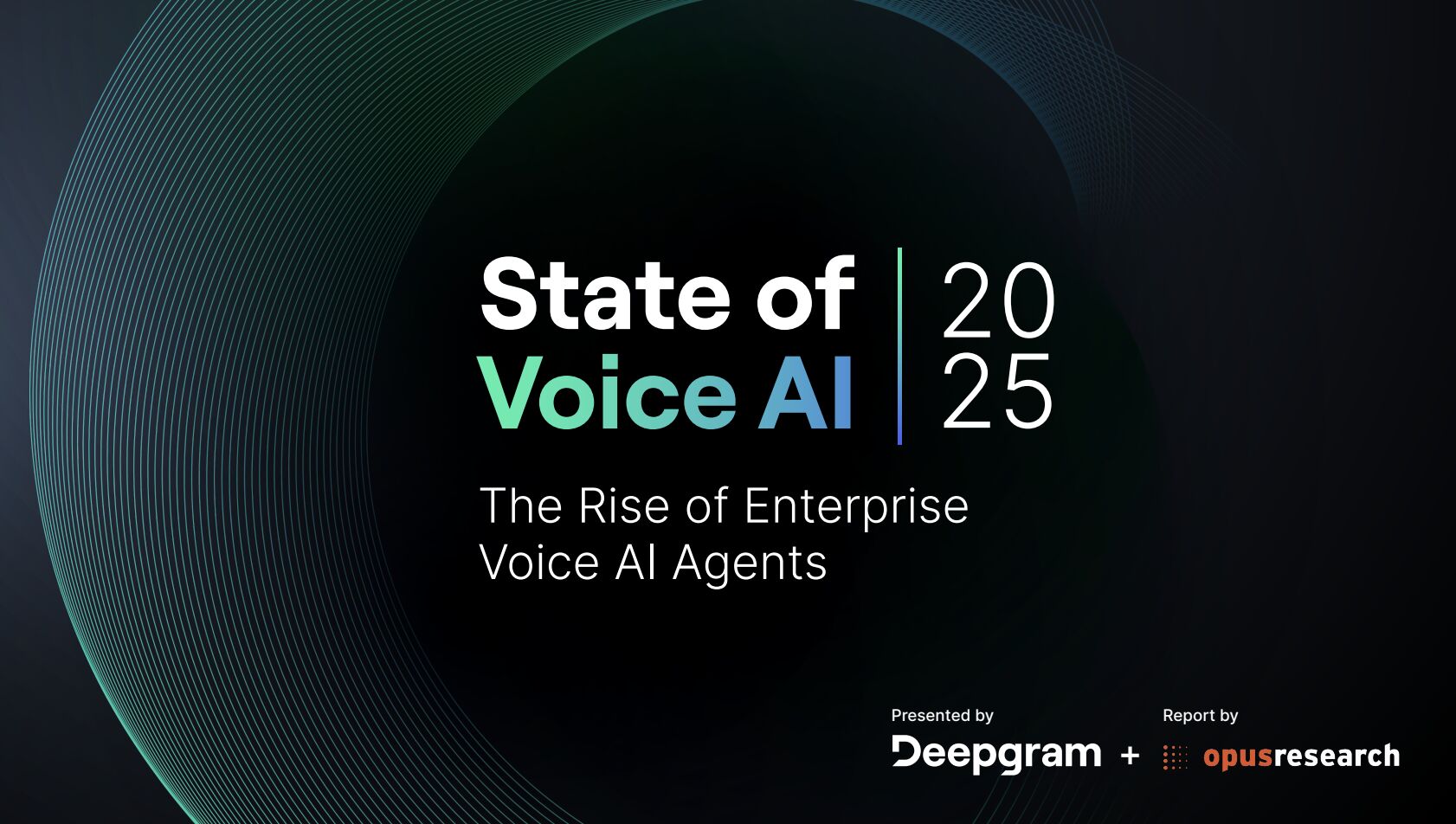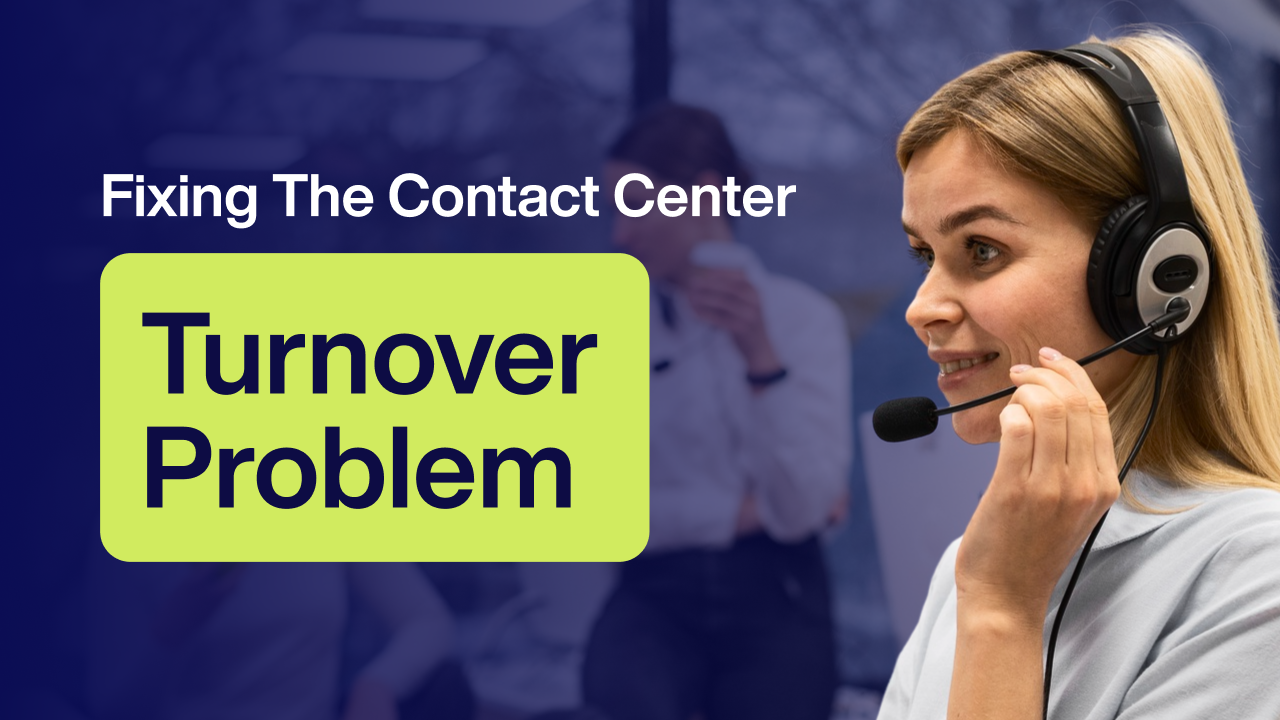From Empty Slots to Full Days: Hybrid AI Scheduling That Reduces Burnout

When last-minute cancellations collide with provider burnout
It’s 7:45 a.m. in a busy clinic. Three cancellations just hit, the phone queue is already stacking up, and your schedulers are juggling complex templates for multiple providers. By noon, those empty slots turn into lost revenue, delayed care, and another day of stress for a team already stretched thin.
This isn’t a workflow problem; it’s a system problem. Health systems need a smarter way to match real-time demand with real-time availability—without forcing patients or staff into rigid, bot-only experiences.
Why pure automation falls short
Many organizations tried standalone bots or generic reminders. Patients still prefer speaking with a person for complex needs, and clinicians need schedules that flex with reality—double-booking risk, template rules, pre-visit requirements, and payer nuances. A one-size-fits-all bot can create rework, not relief.
The answer is a hybrid model where AI does the heavy lifting and humans handle the moments that matter.
Hybrid AI that fills schedules and protects clinicians
EGS pairs AI with experienced, nearshore schedulers to keep provider schedules full and teams focused. We design around three goals: better schedule adherence, higher provider productivity, and less burnout.
What it looks like in practice
- Real-time schedule intelligence: AI ingests templates, rules, and constraints to identify fillable gaps, short-notice opportunities, and optimal slot use across clinics.
- Proactive outreach: When cancellations open a slot, AI triggers targeted outreach (voice, SMS, email) to waitlists and priority cohorts. Our Grace™ hybrid AI voice bot handles routine dialogues and seamlessly hands off to a human when context or empathy is required.
- Agent copilot: Schedulers get AI suggestions—best-fit slots, eligibility checks, prep requirements—so calls are shorter and more accurate.
- Compliance-first operations: Built for regulated environments with HIPAA-aligned processes, documented controls, and auditable workflows. We integrate with your guardrails, not around them.
Addressing the common objections
- “We tried bots—patients hated them.” Grace uses natural, conversational flows and hands off quickly to a person. The goal is not to contain every call; it’s to resolve more calls correctly.
- “Our templates change constantly.” Our AI is tuned to your rules, provider preferences, and access standards. Humans validate edge cases so exceptions don’t become errors.
- “We can’t risk compliance issues.” EGS takes a compliance-first stance for healthcare, with governance designed for PHI handling and enterprise security expectations.
Business impact beyond cost
Filling short-notice openings improves provider productivity without adding clinic hours. Better capacity utilization reduces backlog and speeds time-to-appointment. And by removing repetitive tasks from staff, you improve morale and retention—key in a market where operational resilience matters as much as expense management.
Why EGS
Emerging Global Services delivers AI-human hybrid contact center operations and BPO services purpose-built for healthcare. We combine our Grace™ voice automation, nearshore teams in Mexico, and practical implementation to boost schedule adherence, fill rates, and provider productivity—without compromising patient experience or compliance.
Led by founder Steve Shefveland, EGS partners with health systems to turn scheduling into a strategic advantage: fewer empty slots, less burnout, and better ROI grounded in real-world execution.

No Spam —
Just Good Stuff.
Join our newsletter for actionable advice, insider knowledge, and strategies that drive real results.
No fluff, just value.
.png)
%20(1).png)
From The Blog
Read All Articles
How Hybrid AI Voice Bots Elevate CX and Make Agents Unstoppable

AI‑Human Hybrid Support That Elevates Fraud Detection and Compliance

How Hybrid AI Streamlines Healthcare Revenue Cycle—Without Losing the Human Touch

AI-human hybrid quality assurance for supply chain accuracy

Why Nearshore Hybrid BPOs Outperform Offshore Automation Centers

AI + Human QA on the Line: How Hybrid Teams Raise Manufacturing Quality

Why Nearshore Hybrid BPOs Outperform Offshore Automation Centers

How AI-Human Collaboration Elevates Quality Assurance in Modern Manufacturing

Hybrid AI That Keeps Schedules Full: Reducing Patient No‑Shows and Burnout

Why Nearshore Hybrid BPOs Outperform Offshore Automation Centers

Hybrid AI That Quietly Fixes Healthcare RCM—Starting With the Schedule

How AI-Human Collaboration Raises the Bar on Manufacturing Quality Assurance

How Hybrid AI Tackles the Toughest Banking Service Moments

AI + Human QA: How Hybrid Teams Catch Defects Early and Strengthen Audits

How Hybrid AI Cuts Churn in Telecom and Retail—Without Losing the Human Touch

Hybrid AI for Financial Services: Faster Resolution, Stronger Compliance, Human-Centered Support

Hybrid AI That Fills Schedules and Eases Burnout: Reducing Patient No-Shows in Healthcare

Hybrid AI-human support that strengthens fraud detection and compliance—without breaking customer trust

AI + Humans: Elevating Quality Assurance on the Factory Floor

AI-human hybrid quality assurance for supply chain accuracy

Hybrid AI That Keeps Schedules Full—and Clinicians Fresh

AI-Human Hybrid Support: Stronger Fraud Detection and Compliance at the Contact Center

Why Nearshore Hybrid BPOs Outperform Offshore Automation Centers

From No‑Shows to Full Days: Hybrid AI That Fixes Provider Schedules Without Burning Out Staff

From Empty Slots to Full Schedules: Hybrid AI That Boosts Access and Reduces Burnout

Stop the Scheduling Spiral: Hybrid AI That Fills Schedules Without Burning Out Providers

Stop Empty Slots from Fueling Burnout: Hybrid AI-Human Scheduling for Health Systems

From Empty Slots to Full Days: Hybrid AI Scheduling for Health Systems

From Hold Music to Full Schedules: Hybrid AI That Lifts Provider Productivity Without Burning Out Staff

Stop the Scheduling Whiplash: Hybrid AI That Fills Last‑Minute Openings Without Burning Out Your Staff
.png)
Stop the Scheduling Spiral: How Hybrid AI Keeps Providers Productive and Patients Seen
.png)
AI & Financial Services: Where Compliance Meets Conversation

E-commerce's Hybrid AI Advantages: From Order Status to Complicated Returns
.png)
Customer Service & Experience East 2025 (Reuters Events)
.png)
NACHC’s Workforce Conference (formerly FOM/IT)
.png)
Healthcare's AI-Human Sweet Spot: When Empathy Meets Efficiency
.png)
Choosing the Right Contact Center Technology Stack for Your Industry
.png)
Order Management Support: Where AI Excels & Where It Fails
.png)
Customer Success vs. Customer Support: When to Use AI vs. Human Touch

687% Increase in Referral Processing in 6 Months: How One Healthcare Organization Turned Its Patient Support Around

5 Warning Signs Your Medical Referral Process Needs Immediate Attention

AI‑Powered Healthcare Contact Centers: What CX Leaders Need to Know

AI‑Powered Healthcare Contact Centers: What You Need to Know

Healthcare Contact Centers: What Others Are Just Diagnosing, EGS Has Already Solved

Real-Life Use Cases of Contact Center Automation for Cost Reduction

5 Proven Use Cases of Contact Center Automation That Cut Costs by Up to 30%

How Leading Companies Are Reducing Support Costs and Boosting Customer Satisfaction with AI

Real-Life Use Cases of Contact Center Automation for Cost Reduction

Unlocking Efficiency, Speed, and Patient Satisfaction through AI

How Healthcare Leaders Can Leverage AI to Transform Customer Experience (CX)

FQHC-Led Medicaid ACO Innovation: How Illinois is Reinventing Community Care through Value-Based Models

Expanding Access to Mental Health: How Telebehavioral Health Is Transforming Care in Frontier Idaho

Idaho’s Medicaid Expansion: Fueling Growth and Stability in Community Health Centers

Integrating Native Hawaiian Healing Practices: A Cultural Shift in Community Healthcare

Connecting Islands Through Telehealth: How Hawaii’s FQHCs Are Breaking Barriers with Virtual Care

How EGS Leverages Extensible, Integrated Technology to Simplify Health Systems

Addressing Georgia's Maternal Health Crisis: How FQHCs Are Leading the Way

Georgia’s Medicaid “Pathways” Program: A Partial Step, A Full Challenge for FQHCs

Delivering Care in the Fields: How Florida’s FQHCs Reach Migrant Farmworkers with Mobile Clinics

Florida’s FQHCs: The Safety Nets Holding Up Primary Care in a Non-Expansion State

Bridging Academia and Community Health: How Delaware’s FQHCs Are Driving Wellness Through University Partnerships

EGS Hybrid Scheduling Model: Optimizing Medical Services for Hospitals and Clinics

The Landscape of Ai in 2025. It's not what you're hearing.

The Future of Hybrid Customer Experience

Live Agents + Ai (Not the other way around)

Grace™: The Hybrid AI Voice Bot Revolutionizing Customer Experience

340B Drug Savings as a Lifeline: How Delaware’s FQHCs Sustain Care for Vulnerable Communities

Transforming Specialty Care Access Through E‑Consult Innovations in Connecticut FQHCs

How Connecticut’s PCMH+ Model Empowers FQHCs to Coordinate Medicaid Care

Integrating Behavioral Health into Colorado FQHCs: A Proven Model for Whole‑Person Care











.png)


.png)
.png)
.png)
.png)
.png)
.png)
.png)
.png)
.png)
.png)





